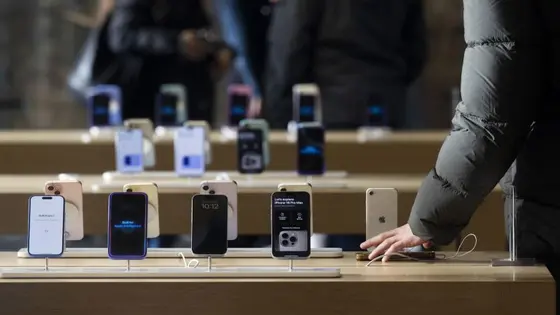T4K3.news
Instagram Map feature raises privacy concerns
New Map feature shares location with mutual followers for 24 hours after posting when enabled. Review privacy settings now.
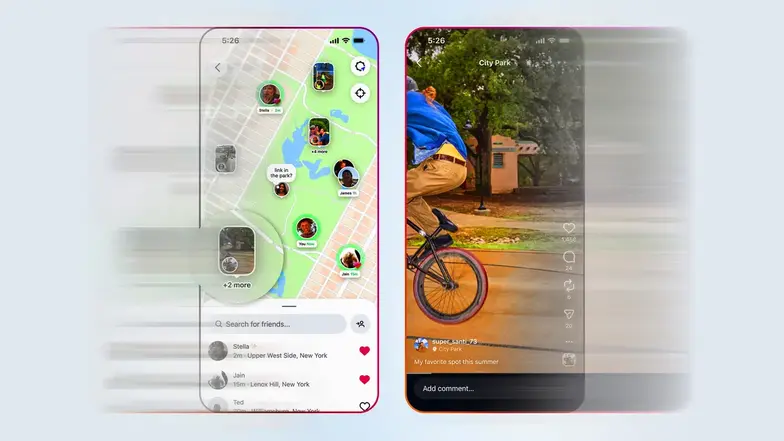
The new Map feature on Instagram lets mutual followers see location data, prompting questions about privacy and safety.
Instagram Map feature raises privacy concerns
Instagram has rolled out a Map feature in the United States that lets users share their location with a selected group of people for 24 hours after posting. The feature is opt in and appears in the user’s inbox area under a globe icon labeled Map. Posts, reels, or stories with a tagged location can appear on the map for followers who have access. While the option can help friends find each other at events, it also creates a visible trail of where a user spends time and lives.
Experts warn that location sharing through a platform intermediary can expose routines, homes, and daily patterns to a broad audience, including advertisers and potential stalkers. They point out that the system’s design makes precise updates easy to track each time the app is opened, and that data could be retained or requested by authorities in the future. Users are told they can limit exposure by choosing who can see their location or turning the feature off entirely, but the control is not always obvious to casual users.
The map is pitched by Meta as a lightweight way to connect, yet privacy advocates urge caution. They note that there are alternative ways to coordinate meetups, such as direct messages or simple status updates, that do not expose location data to a wider audience. Some compare Map to existing tools like Apple Find My, which encrypts data on devices rather than sharing it through a social platform.
Key Takeaways
"The real privacy risk comes from sharing your location through an intermediary like Meta"
Mario Trujillo, Electronic Frontier Foundation
"If your friend wanted you to know that they were at a concert, they would text you"
Calli Schroeder, Electronic Privacy Information Center
"Location data is fuel for targeted ads"
Industry critique cited in coverage
"Your precise location updates every time you open Instagram"
Explanation of how Map works
The Map feature spotlights a broader tension between connection and control on social platforms. It offers a new form of immediacy, but the cost is a more granular record of where people go. As platforms monetize user data, even voluntary sharing raises questions about power dynamics between users and the companies that process their information. The rollout also tests how regulators will respond to location data in social apps, especially as public concern over privacy grows. Designers face a trade off: convenience for users versus the risk of misuse. The stance taken here is that users should have clear, default privacy protections and easy options to opt out without friction.
Highlights
- Location data is fuel for targeted ads
- The real privacy risk comes from sharing your location through an intermediary like Meta
- If a friend wants you to know they are at a concert they would text you
- Your precise location updates every time you open Instagram
Privacy risks prompt regulatory scrutiny
The Map feature exposes precise location data to a defined audience, creating potential for misuse and broader data collection. Advocates call for stronger defaults and clearer controls, while lawmakers weigh the balance between user convenience and safety.
As platforms experiment with location data, clear choices and guardrails will define the boundary between connection and control.
Enjoyed this? Let your friends know!
Related News

Instagram expands map and Friends Reels despite privacy concerns
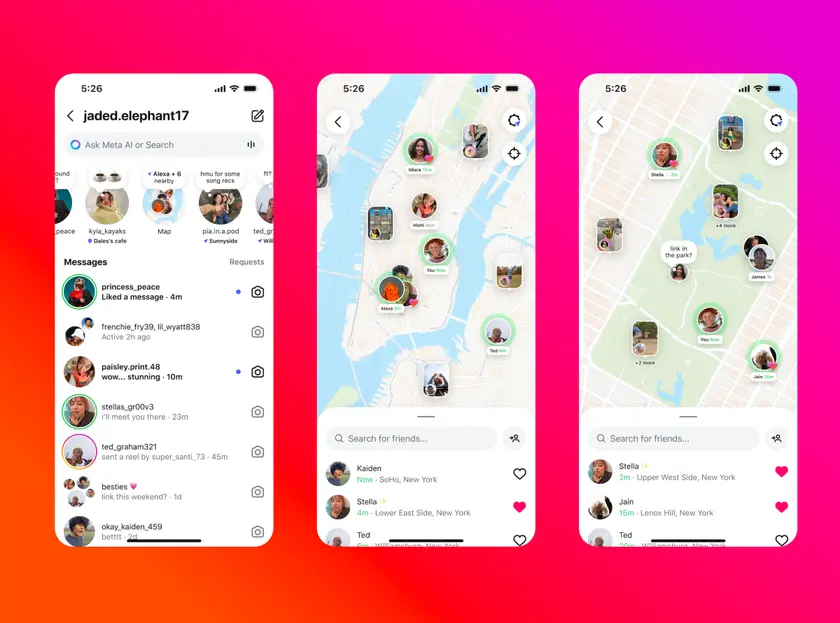
Instagram Map privacy raises questions
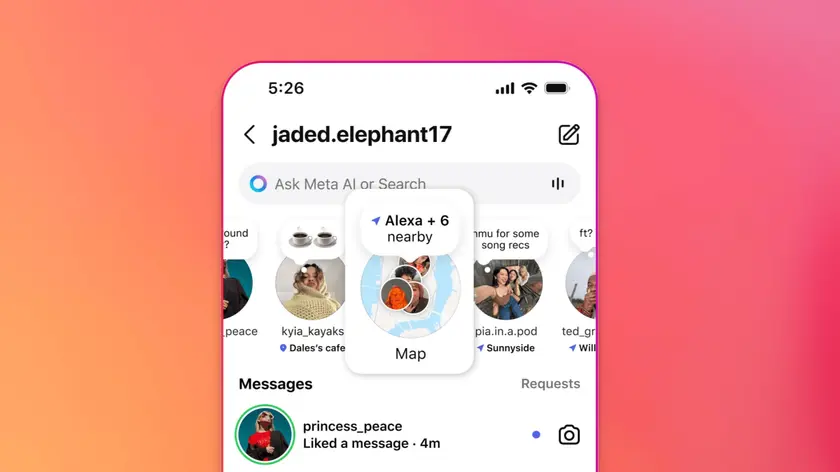
Instagram Launches Repost Feature and Interactive Map

Instagram Maps privacy check
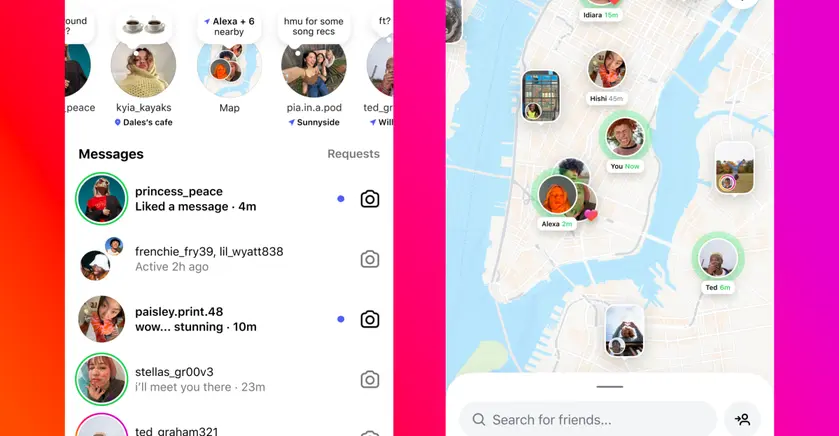
Instagram Map launches with privacy concerns
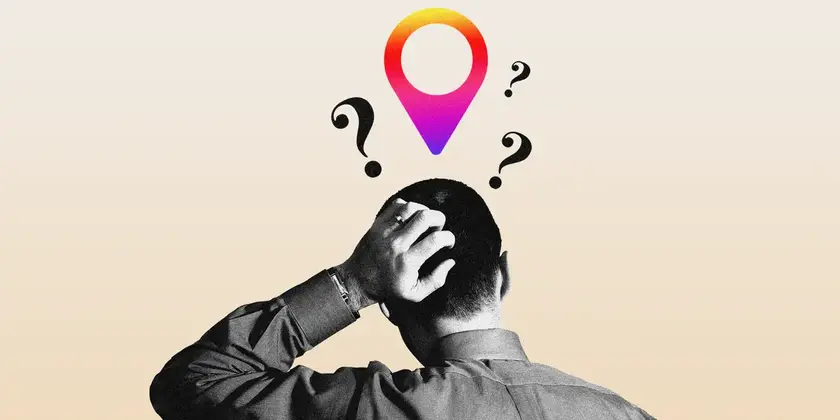
Instagram Maps Under Scrutiny
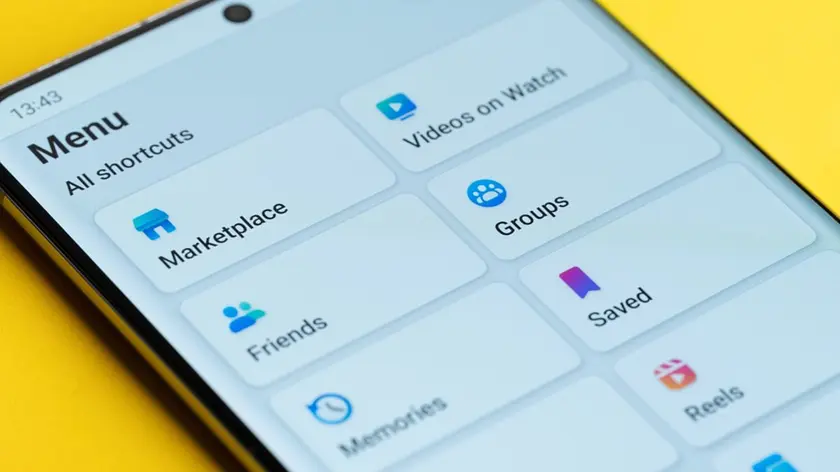
Investigation reveals privacy risks in top apps
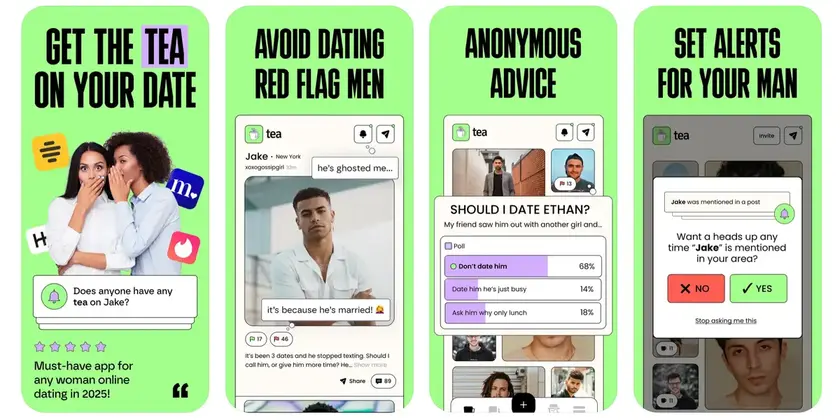
Tea App Tops App Store Amid Privacy Concerns
